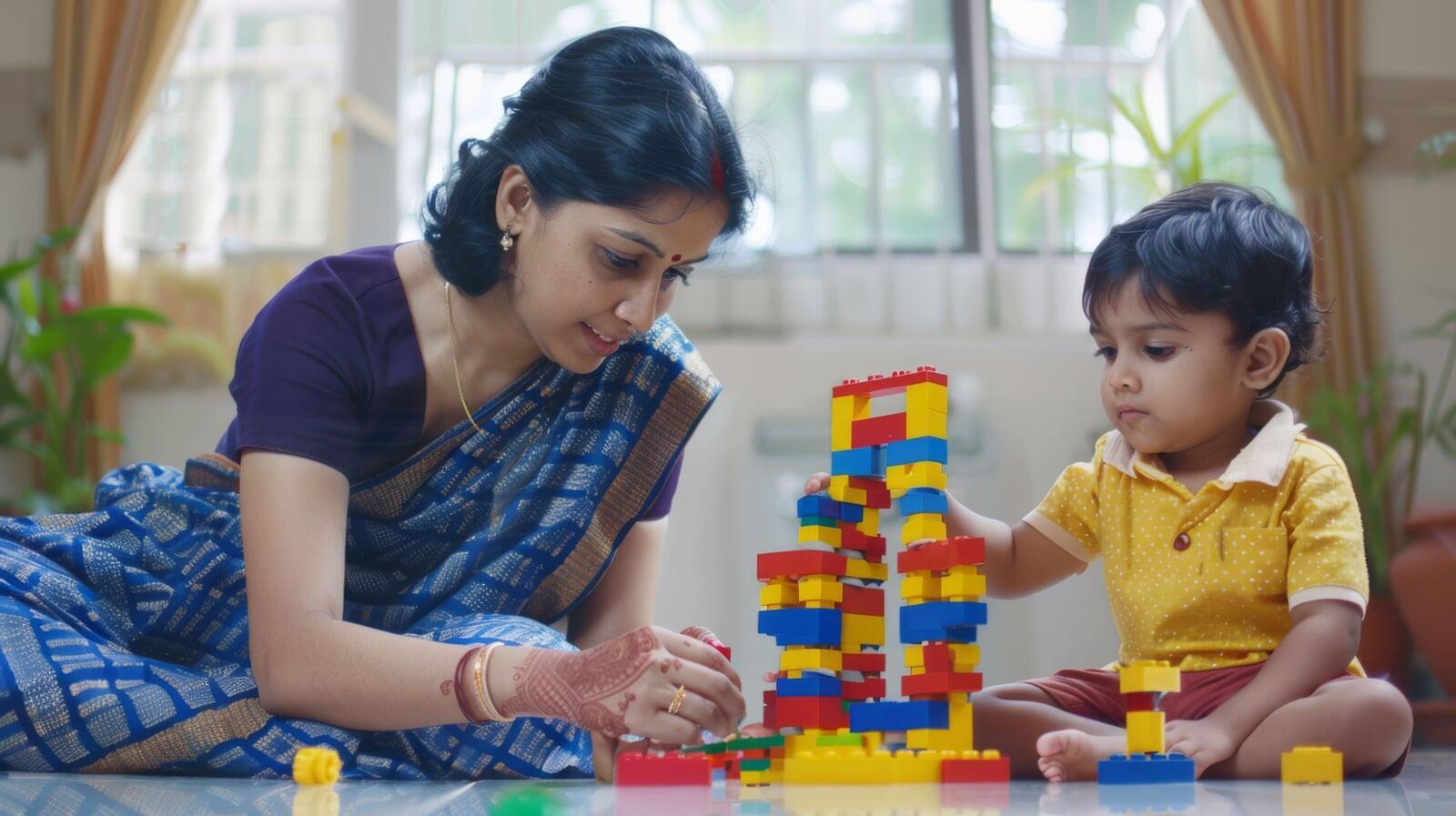
Imagine your child sitting on the floor, carefully stacking blocks, fitting pieces together, and proudly showing off their creation. It might look like simple play, but something amazing is happening inside their brain. Neuroscience research shows that construction play builds far more than towers and castles—it strengthens the brain’s most essential skills.
Boosting Thinking & Problem-Solving Skills
When children engage in construction play, they activate the prefrontal cortex—the brain’s command center. This area is responsible for:
- Planning and organization
- Decision-making
- Problem-solving
- Working memory
Every time your child decides how to balance blocks or solve a building challenge, their brain strengthens these executive function skills, which are crucial for future learning.
- Planning and organization
- Decision-making
- Problem-solving
- Working memory
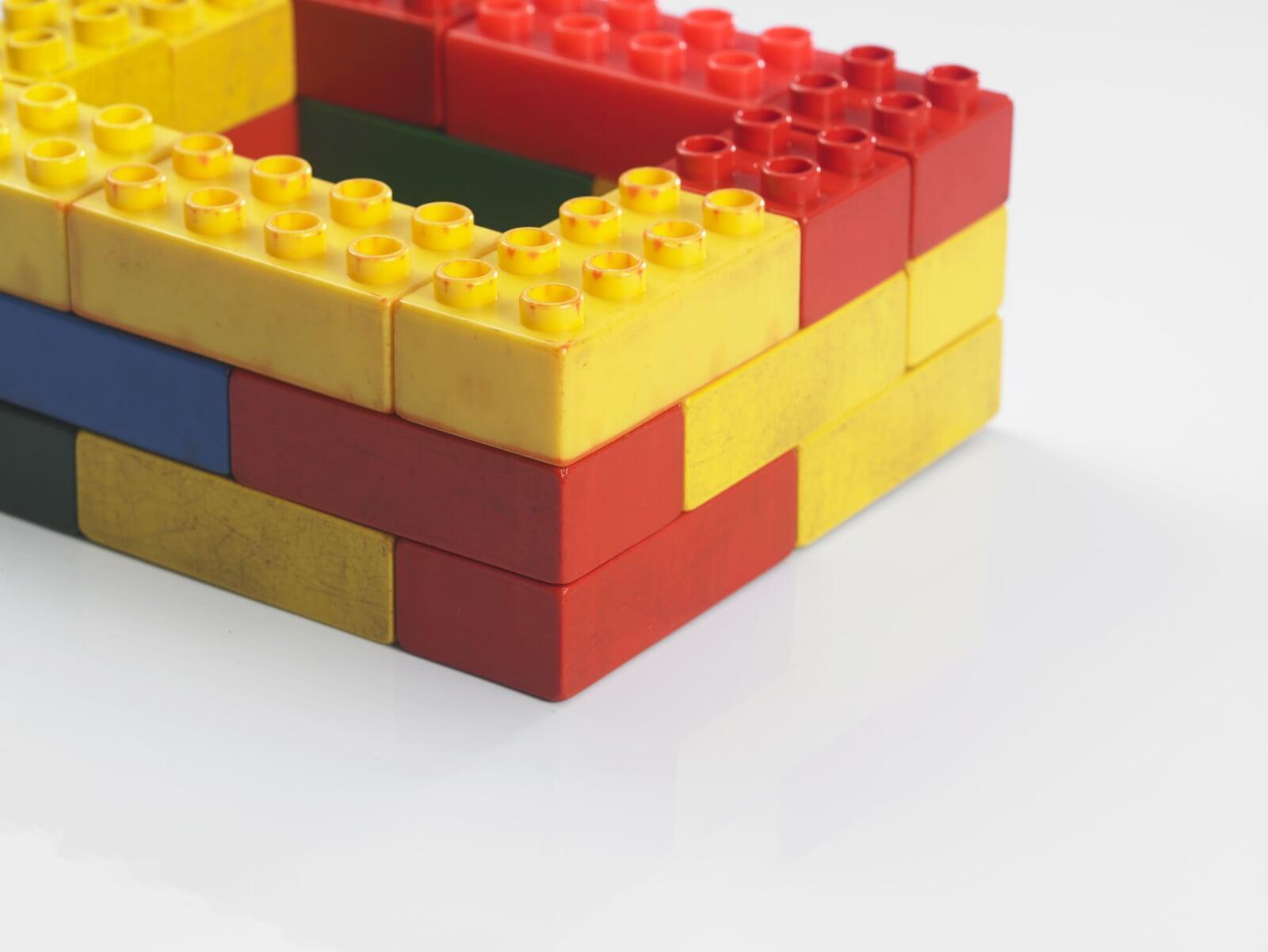
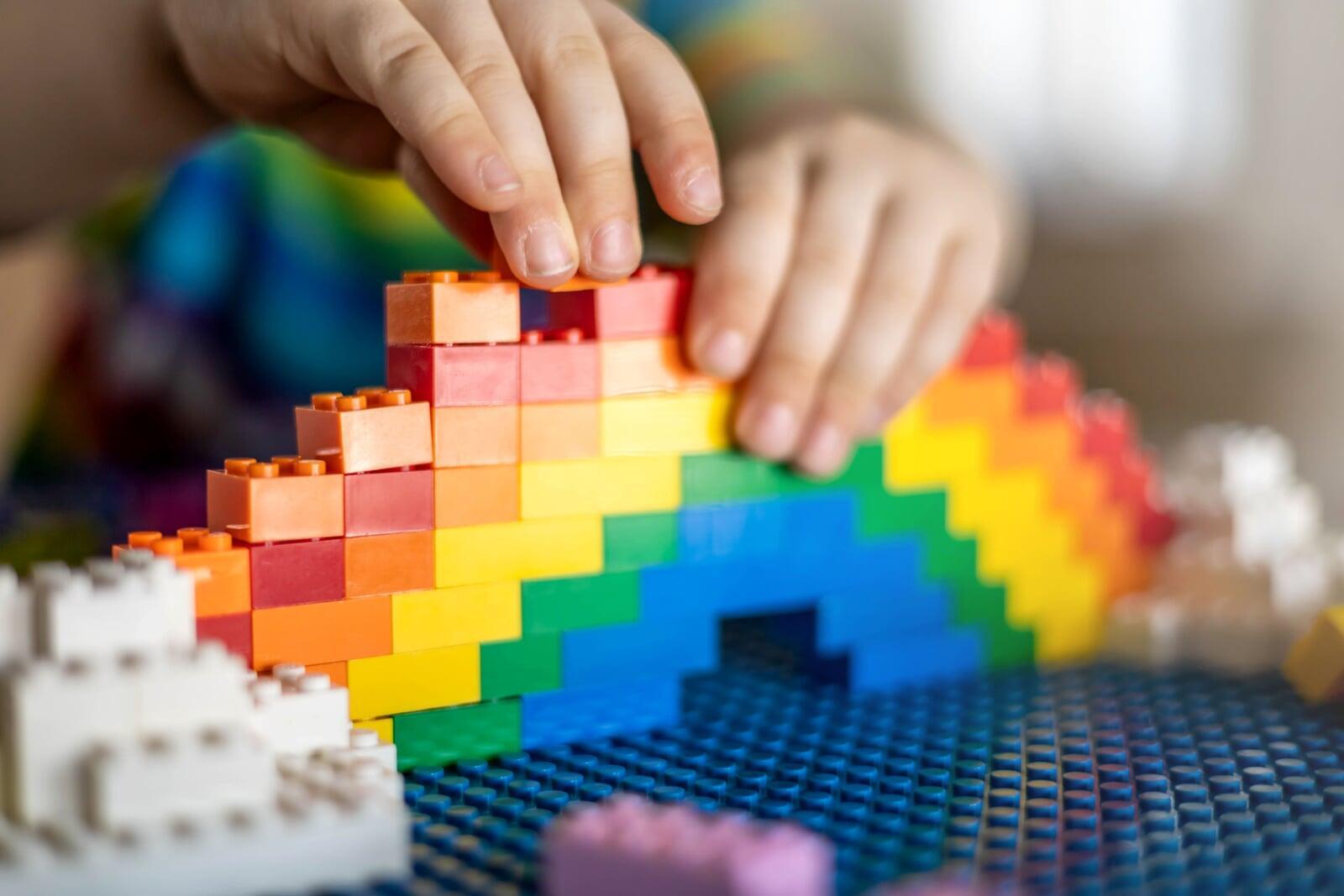
Enhancing Spatial and Visual Skills
Construction play also engages the brain’s visual-spatial processing areas, particularly in the parietal lobe. This means your child is strengthening the connection between:
- Visual processing (understanding what they see)
- Spatial reasoning (figuring out how things fit together)
- Motor planning (coordinating hands and fingers to place objects correctly)
These skills are essential for subjects like math, science, and even reading!
Developing Fine Motor Control
Every time your child picks up a small piece, connects parts, or stacks blocks, they are engaging their motor cortex. This strengthens the neural pathways for:
- Hand-eye coordination
- Body awareness (proprioception)
- Balance and spatial orientation
Strong fine motor skills make everyday tasks like writing, tying shoelaces, and using scissors much easier as they grow.
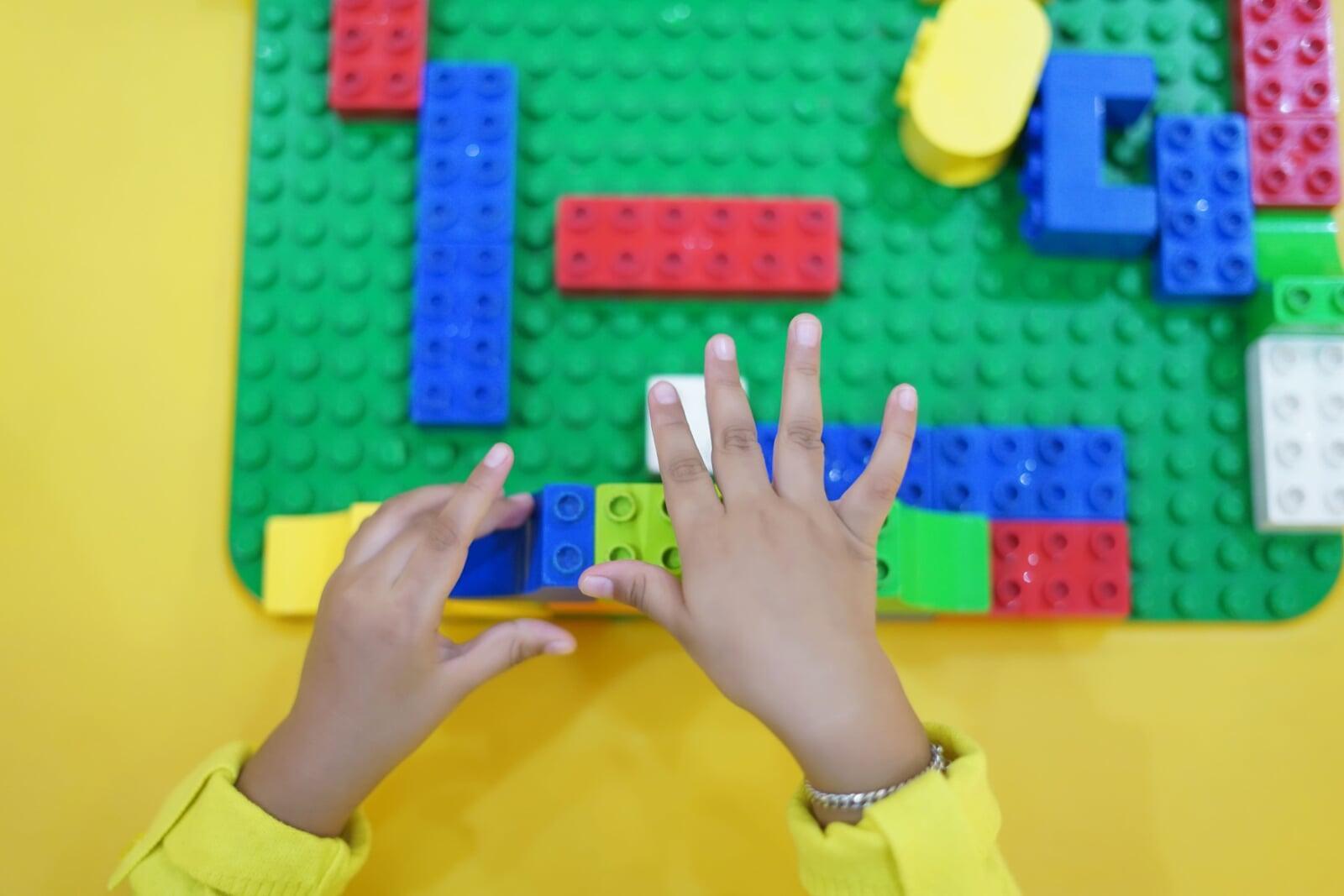
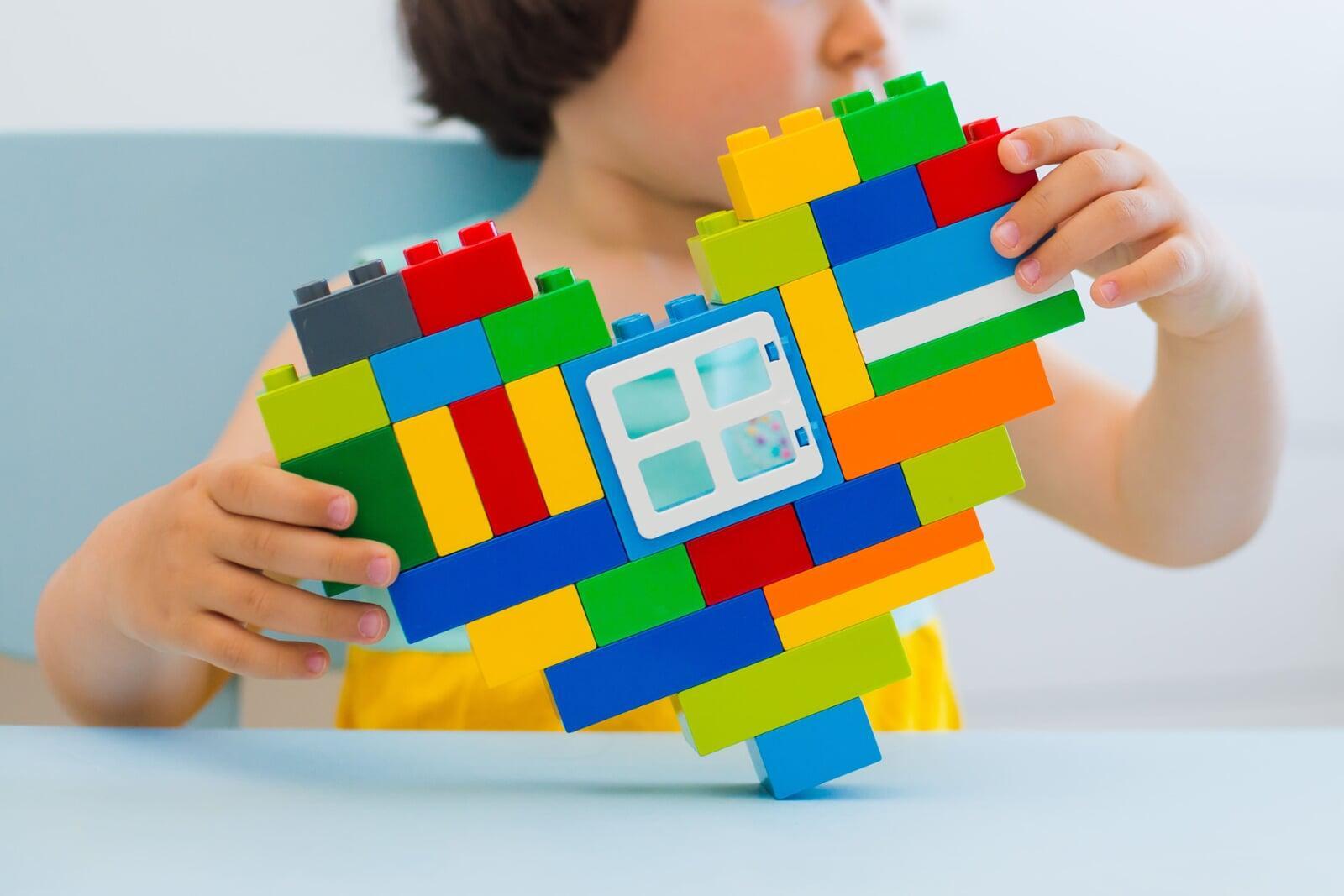
Improving Focus and Attention
Is your child easily distracted? Construction play naturally engages the brain’s attention networks. Research shows increased activity in:
- The anterior cingulate cortex (focus control)
- The reticular activating system (alertness)
- Brain areas responsible for sustained attention
Through play, children learn to concentrate longer and develop better self-control.
Helping with Emotional Regulation
Have you noticed how calm your child becomes when fully absorbed in building? Neuroscience explains why:
- Construction play lowers stress by reducing overactivity in the amygdala (the brain’s fear center)
- It triggers dopamine release, creating a sense of reward and motivation
- It strengthens emotional regulation networks, helping children handle frustration and setbacks
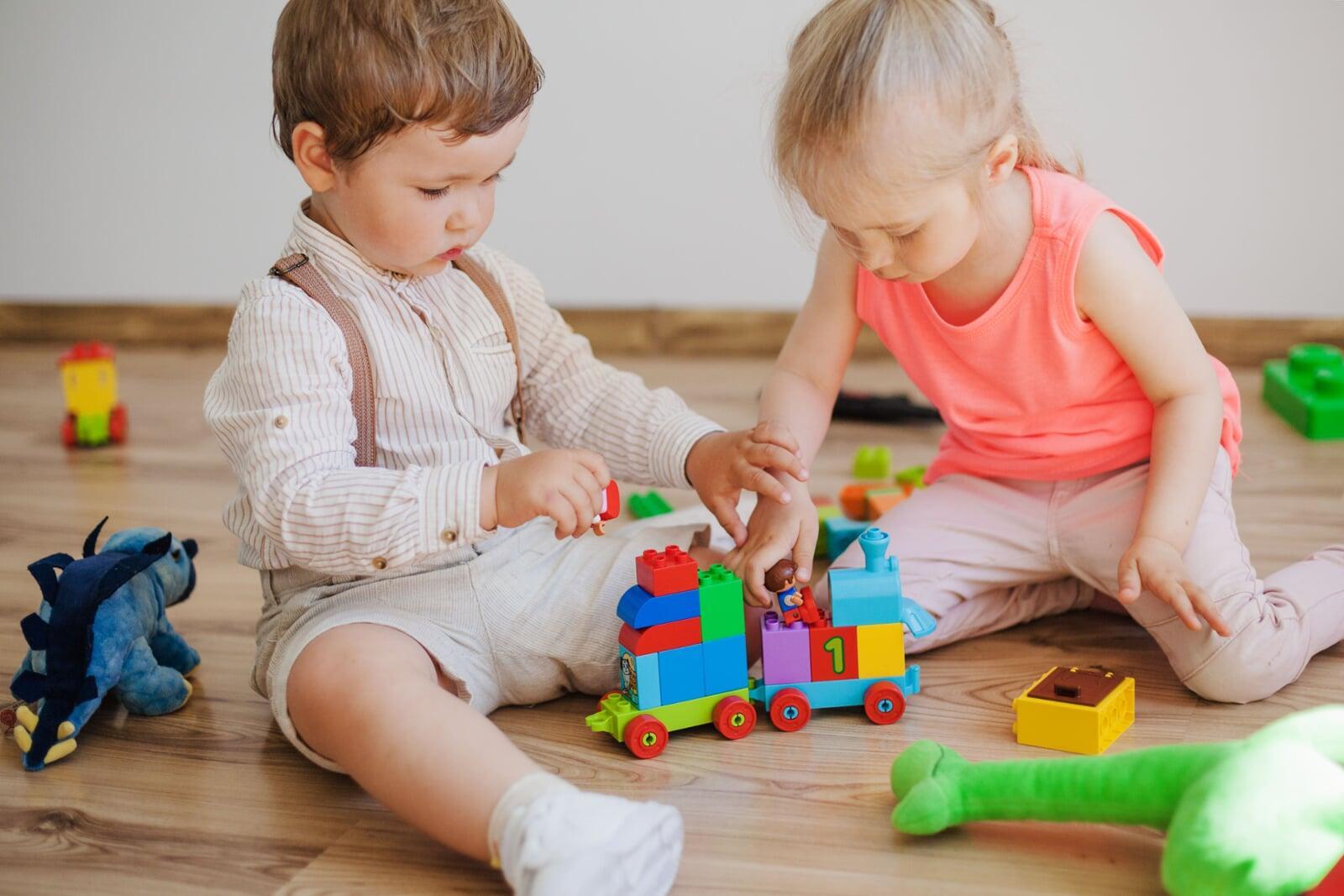
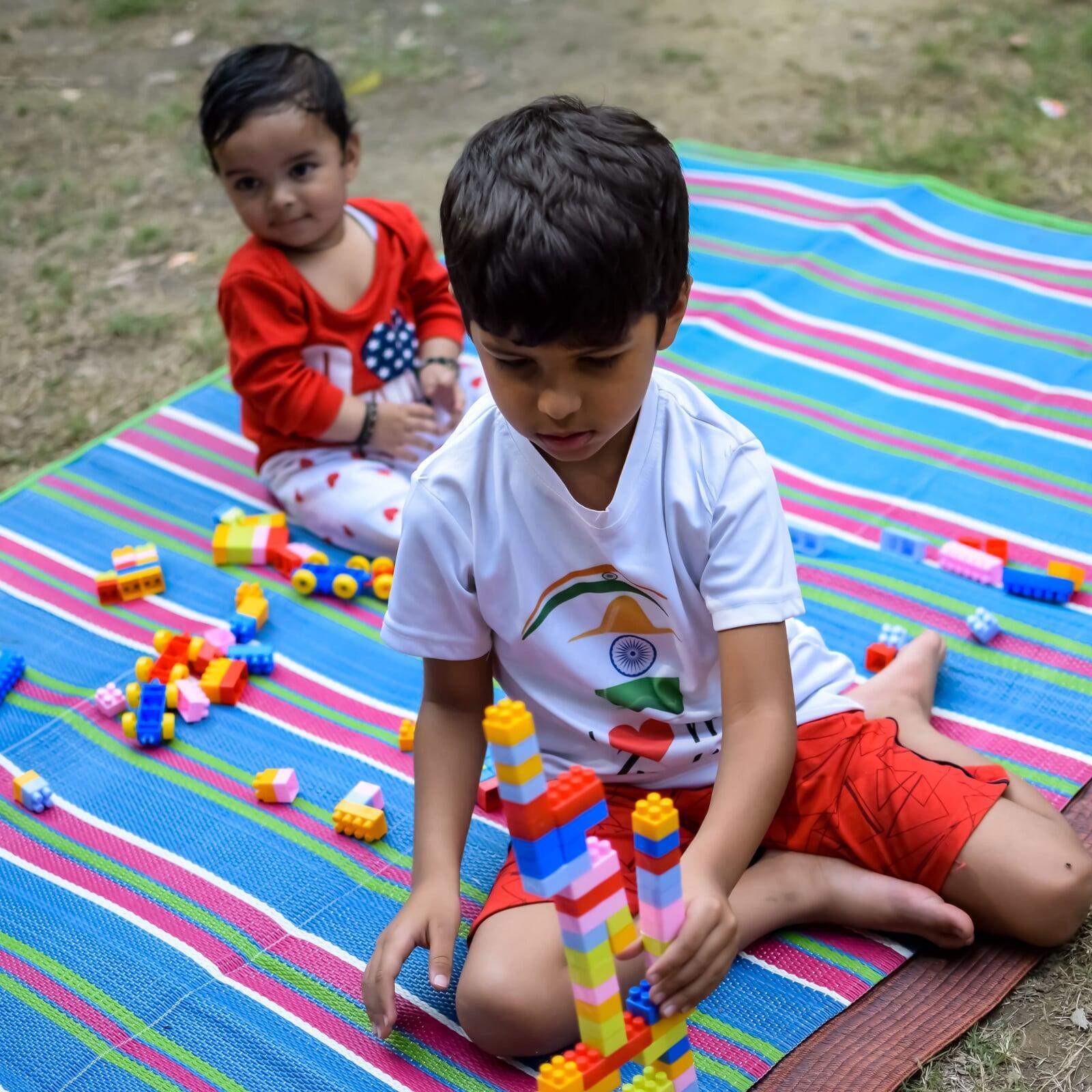
- Long-term studies reveal that children who engage in construction play develop:
- Increased gray matter volume in brain areas responsible for spatial skills
- Stronger connections between the left and right brain hemispheres
- More efficient problem-solving abilities compared to passive play
- Greater brain plasticity and adaptability
What the Research Says on the Brain Benefits of Construction Play
The Bottom Line
Construction play is more than just fun—it’s a powerful tool for brain development among Children. Encouraging your child to build, create, and experiment gives them a head start in problem-solving, focus, coordination, and emotional resilience. So next time your child is stacking blocks, remember: they’re not just playing. They’re shaping their future, one brick at a time.
